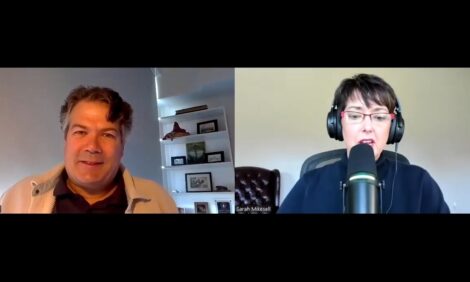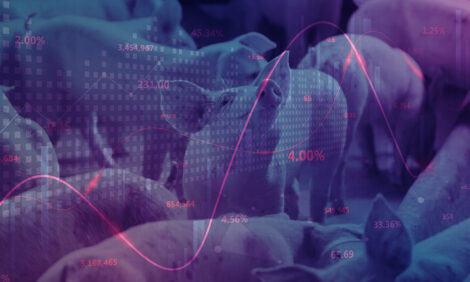



UK Pigmeat Price Reporting and Analysis
Price and Prejudice - This month in his regular monthly report, Dr John Strak questions the quality of price reporting and analysis and states that when producers don’t have good guidance on what supplies and prices are on offer they are working blindfolded, with one hand behind their backs.|
Dr John Strak

Dr Strak's views on the UK and global pig markets are produced in Whole Hog every fortnight. For more details click the link at the foot of the article. |
It’s a topical one for the UK pig industry and it concerns price reporting. Before your eyes glaze over and you reach for the Christmas TV guide I would ask you to consider why it is that the UK pig industry has such poor information on its prices and, importantly, on how they are formed and where they might be going.
There has been a lot of debate (and anger) about low prices for UK pig farmers but very little talk about improving the quality of price information. And does this matter? You bet. When producers don’t have good guidance on what supplies and prices are on offer they are working with one hand behind their backs and blindfolded.
It’s an interesting question to ask – Where do prices come from?
It’s one that can sometimes be best answered at the side of the auction ring by farmers who have had little formal education - or equally well answered by highly trained economists with qualifications from universities of great repute.
But farmers and economists are a mixed bunch with some being hopeless at understanding prices and others being as sharp as nails. I can claim to have done my bit at the ring side and in the lecture theatre in my quest to understand where prices come from.
In both cases I observe that successful students of market prices have something in common. They both need good data in order to be able to work out how prices are being formed and where they might be going. In particular, they need information on supplies and qualities of product,and on the relative strength and timing of demand. The combination of these forces, of course, produces market prices.
Prices come from supply and demand and that’s a simple but effective truth.
Now you start to see why pig prices in the UK are poorly understood. We have too little information on supplies, qualities, and demand – not enough economics in other words. Worse still, the information that is available tends to be concentrated in the hands of a few people and the industry does very little with the data it has.
Look at Chart 1 for example.
This chart is a very simple illustration of the weekly, 26 weekly, and 52 weekly movements in the market. At a very basic level it shows the short term, medium term and long term price trends.

Pig farmers, or at least their advisors and people in the allied industries, should be poring over charts like this and giving them a good going over with the best analytical techniques that are on offer. The industry should be discussing the relative merits of systems which try to capture the underlying behaviour of the market and the implications for their prices as short and long term trends move in different directions.
PMWS and other diseases are important but long before they arrived and long after they have gone pig farmers will suffer if they do not improve their price reporting and information systems. There is so much work that needs to be done to collect more price information, improve the data, and analyse where prices come from and are going to.
But do we see any discussion of this or any price forecasts based on these or other data in the UK? Not a bit of it – the last price forecast that MLC released was in mid 1999 (110p/kg by Christmas but they never said which Christmas!). I hear a lot about best practice in the UK pig industry and the need for competitiveness with other countries but this lack of comment and analysis of price behaviour by the industry is scary. It certainly isn’t best practice.
"So, what’s the answer I hear you say? "Simple really, just give some priority to price reporting by setting up an industry working group on the issue charged with the need to show how data can be improved and new reporting systems can reflect the economics of the pig market. My prejudice in this regard is revealed when I tell you that this recommendation was made to the NPA in a report on risk management in the summer of last year (see www.npa-risk.net for a copy of the report). Large processors that I spoke to at the time were ready to take part in a new working group on price information.
Don’t be tempted to think that this is a luxury – understanding where prices come from is a necessity for producers and processors.
See you next month
Source: Whole Hog, December 2001








